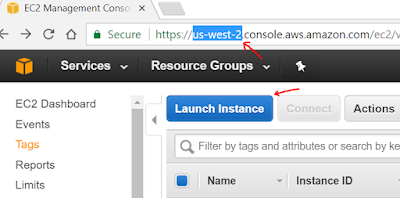Service Dogs App
I have recently published the following repo in GitHub
https://cermegno.github.io/ServiceDogsApp/
This repo contains the code produced by the students of the Pied Piper program that took place in Sydney in June 2019. A total of 14 students from Australia, New Zealand and Japan participated in the program and contributed their code to this project
The program gets its name from the Sillicon Valley TV series that portraits a group of young guys in California that found a start-up called Pied Piper. In order to lear more about the program visit this blog article
The project itself was to develop a prototype application to help ASDAC manage their charitative activities. ASDAC (American Service Dog Access Coalition) provides service dogs for military veterans. Various service providers collaborate with the charity such as pet stores, airlines and other transport organizations to provide discounts or benefits to the military veterans and their service dogs. However, these Service Providers are facing an increasing amount of fraud by other customers or passengers that pretend their ordinary pets are also service dogs. This abuse ultimately puts the collaboration with ASDAC at risk. Hence the project needs to include a mechanism by which partnering service providers can validate the identity of both the military veteran and the service dog.
The Pied Piper team had to develop a prototype to proof the concept and to show what's possible. The final product will be arranged by different means and developed by somebody else
https://cermegno.github.io/ServiceDogsApp/
This repo contains the code produced by the students of the Pied Piper program that took place in Sydney in June 2019. A total of 14 students from Australia, New Zealand and Japan participated in the program and contributed their code to this project
The Pied Piper program
The Pied Piper program goal is to educate DellEMC pre-sales across APJ and Greater China regions in the various technologies that are fuelling the digital transformation such as Cloud Native apps, Agile, DevOps, IoT and analytics/AI. What makes this program different is that engineers learn by doing (approximately 85% of the 5-day workshop is hands-on). By focusing on doing instead of just listening or reading the learning outcomes are much greaterThe program gets its name from the Sillicon Valley TV series that portraits a group of young guys in California that found a start-up called Pied Piper. In order to lear more about the program visit this blog article
The Project
In this occasion, during the 5-day workshop the team undertook a team project to put the learnt skills into practice. The idea was to collaborate with a charity so that the project could help somebody in need. After the workshop all team members resumed their day-to-day duties but some of them kept collaborating on the project by contributing code during 4 more weeks when their personal time allowed itThe project itself was to develop a prototype application to help ASDAC manage their charitative activities. ASDAC (American Service Dog Access Coalition) provides service dogs for military veterans. Various service providers collaborate with the charity such as pet stores, airlines and other transport organizations to provide discounts or benefits to the military veterans and their service dogs. However, these Service Providers are facing an increasing amount of fraud by other customers or passengers that pretend their ordinary pets are also service dogs. This abuse ultimately puts the collaboration with ASDAC at risk. Hence the project needs to include a mechanism by which partnering service providers can validate the identity of both the military veteran and the service dog.
The Pied Piper team had to develop a prototype to proof the concept and to show what's possible. The final product will be arranged by different means and developed by somebody else








Comments
Post a Comment